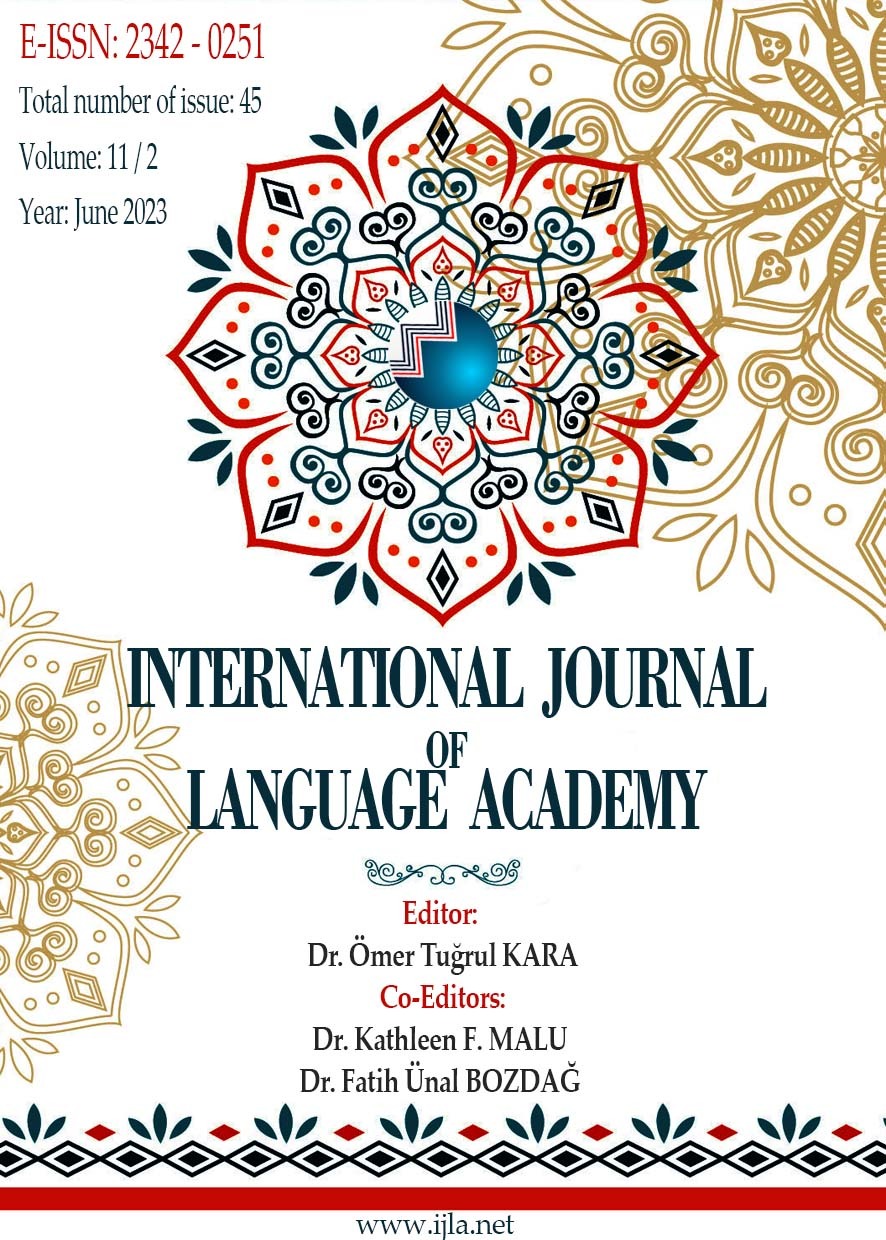Author :
Abstract
Keywords
Abstract
Computer-aided language learning (CALL) is a teaching model in which the computer is used as a course tool in foreign language teaching. After the Second World War, with the introduction of the computer into our lives, the idea that these tools could be used for educational purposes emerged and these tools began to be used in educational environments. Language learning is one of the fields that benefit from computers. Because computers have features that can meet the needs of language learning with the content they offer. As a matter of fact, computers have started to be used in language learning classes. Achieving the desired success from computers depends on many different factors, but it is not possible not to gain success by using these tools with appropriate methods and techniques within the framework of teaching theories. For this reason, it is necessary to know well what the theoretical foundations of language learning activities carried out with computers are based on. In this study, computer-aided language learning is considered within the framework of teaching theories and the relationships between them are explored. In this way, it is aimed to contribute to course activities to be prepared based on teaching theories in computer-aided language learning.





